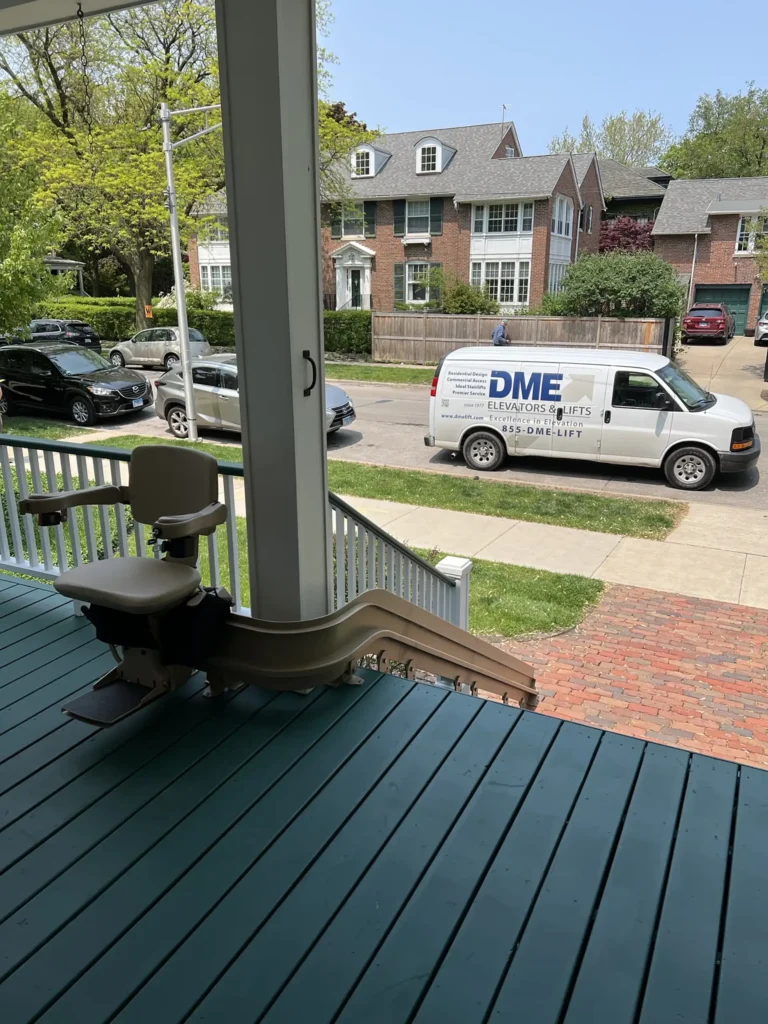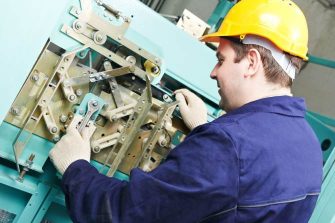Comprehensive Overview to Elevator Systems and Their Maintenance
Navigating the intricate world of lift systems and their maintenance is a job that demands accuracy and knowledge. From the numerous types of elevator systems in usage to the thorough adherence to safety and security laws, the maintenance of these vertical transport devices is a complex endeavor.
Sorts Of Elevator Equipments
Lift systems can be found in different kinds, each designed to fit specific building demands and individual demands. The most typical kinds include hydraulic elevators, traction lifts, machine-room-less lifts, and vacuum lifts. Hydraulic lifts are perfect for low-rise buildings and use a hydraulic piston to relocate the elevator cars and truck. Grip lifts, on the other hand, are extra fit for high-rise buildings and utilize steel ropes and counterweights to move the automobile. Machine-room-less elevators are a space-saving option as they do not need a separate device space for the lift machinery. Vacuum elevators, an extra contemporary innovation, use atmospheric pressure differentials to move the cars and truck within a clear tube.
Each kind of lift system has its very own advantages and disadvantages, making it critical for building proprietors and developers to meticulously consider their details requirements before picking one of the most suitable alternative. Aspects such as building elevation, area schedule, power performance, and budget restraints all play a significant duty in identifying the most effective lift system for a particular building.
Typical Upkeep Problems
Regular maintenance of lift systems is necessary to make certain smooth operation and extend their life-span. Despite regular maintenance, lift systems can still run into usual upkeep issues that require to be quickly addressed to prevent disruptions in service. Regular examinations and aggressive upkeep can assist recognize and fix these usual upkeep problems before they rise and influence the general performance of the elevator system.
Security Regulations and Conformity
Following rigorous safety regulations and making sure compliance with industry standards are extremely important for keeping the functional honesty of elevator systems. Elevators are subject to a comprehensive collection of safety and security policies to protect guests, upkeep personnel, and the general public. Governing bodies such as the Occupational Safety and Wellness Management (OSHA) in the USA and the European Lift Organization (ELA) in Europe establish standards that cover numerous facets of elevator style, operation, upkeep, and installation.
Conformity with these regulations is not just a legal demand yet likewise a moral commitment for building proprietors and elevator maintenance business. Failure to fulfill safety and security criteria can lead to fines, legal obligations, and, most notably, endanger the safety of people using the lift. Normal inspections, upkeep checks, and adherence to safety procedures detailed in the guidelines are vital to make certain the efficient and secure operation of lift systems. By prioritizing safety guidelines and conformity, stakeholders can support the depend on of the public and minimize prospective threats connected with lift usage.
Best Practices for Maintenance

Another vital best method is to promptly attend to any kind of uncommon sounds or reported problems to protect against more damage. Executing an aggressive strategy to upkeep can conserve time and money in the future by staying clear of expensive repair work or replacements. Building owners need to likewise think about spending in modernization upgrades to improve the effectiveness and security of their elevator systems. By following these finest techniques, elevator systems can operate efficiently and securely, giving trusted upright transportation for occupants.

Advanced Technologies for Efficiency
Executing advanced innovations in elevator systems can substantially improve functional effectiveness and guest experience. lift engineer course. Among the essential developments in elevator technology is the introduction of location control systems. These systems enable guests to input their preferred flooring before going into the lift, which then directs them to one of the most efficient cars and truck. By enhancing and reducing unneeded stops traveling paths, location control systems reduce wait times and blockage in high-traffic structures.
Moreover, the combination of wise sensing units and predictive upkeep abilities has transformed lift maintenance. These sensing units can spot prospective concerns before they rise, allowing positive maintenance interventions and reducing downtime. Furthermore, the use of energy-efficient parts and regenerative drives helps in reducing power usage and operating expense in elevator systems.
In addition, the application of cloud-based surveillance and remote diagnostics allows for real-time monitoring go of lift efficiency and instant troubleshooting of any type of malfunctions. This proactive strategy not just boosts system reliability however additionally enhances the general customer experience by ensuring smooth and undisturbed lift procedures.
Conclusion
To conclude, understanding the various sorts of lift systems, common maintenance problems, safety and security regulations, ideal upkeep techniques, and advanced innovations for efficiency is important for making certain the smooth procedure of lifts. By adhering to safety i thought about this laws and implementing ideal techniques for maintenance, structure proprietors can extend the lifespan of their lift systems and make sure the security of passengers. It is essential to remain updated on the most current developments in lift innovation to enhance performance and integrity.
The most typical types consist of hydraulic elevators, grip elevators, machine-room-less lifts, and vacuum cleaner elevators. Hydraulic elevators are optimal for low-rise buildings and use a hydraulic piston to move the lift car. Machine-room-less lifts are a space-saving alternative as they do not call for a separate machine area for find more info the lift machinery. Routine evaluations and proactive maintenance can aid determine and solve these typical maintenance concerns prior to they rise and impact the general efficiency of the elevator system.
